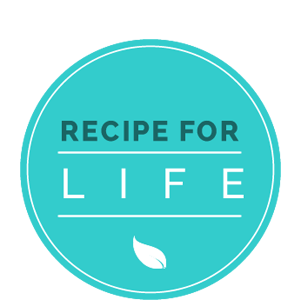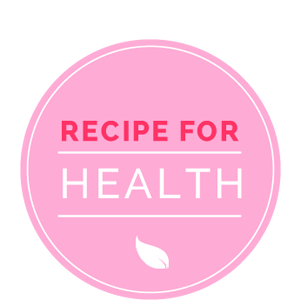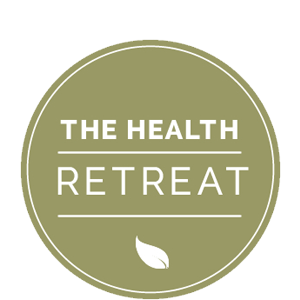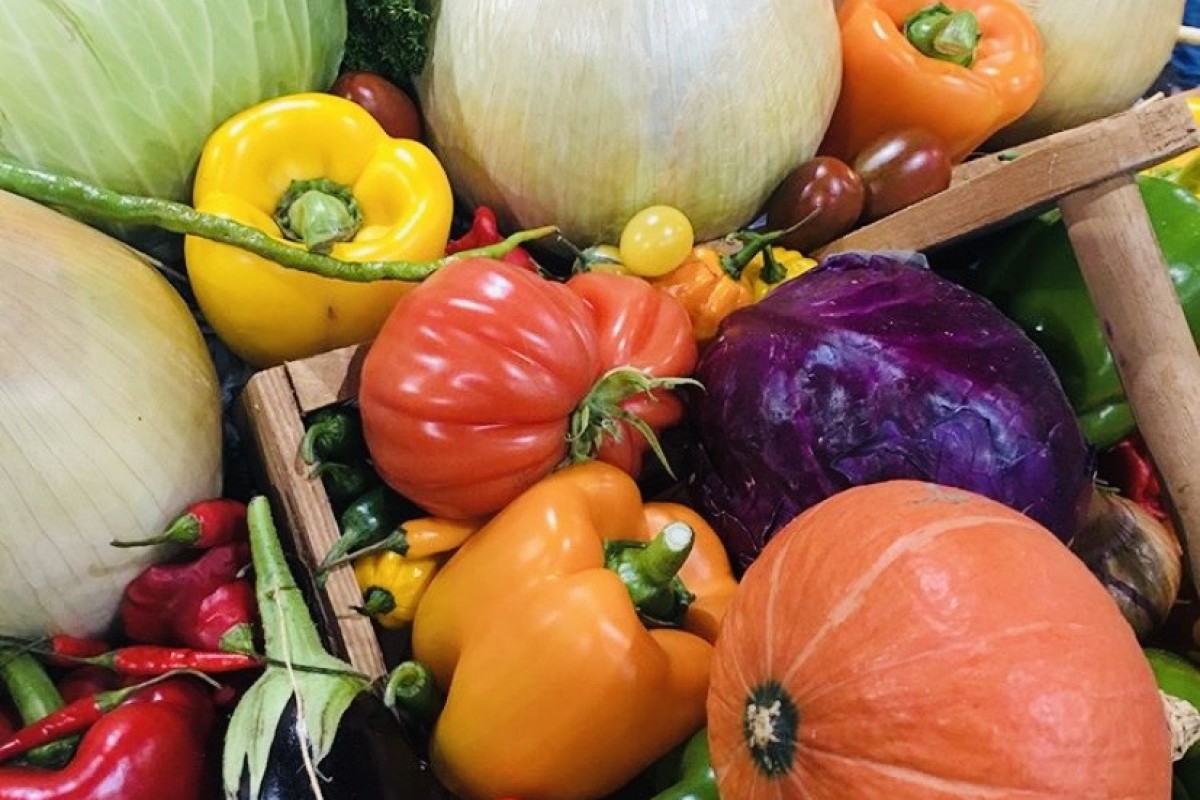We talk about fibre, we know it’s important, but do we really know what fibre looks like, and how very crucial it is to consume every day?
We have seen fibre come in and out of fashion since the early 1980’s with the advent of Audrey Eyton’s international bestseller, F Plan Diet, which extolled the virtues of fibre for ‘effective weight loss and weight maintenance’ with nothing more than a daily dose of fibre and only 1,500 calories a day. Back then it was considered a revolutionary idea and became a bit of a cultural phenomenon, not always well received, as some found the diet gave them excessive flatulence, while others disliked the texture of fibrous food. Our nutritional knowledge was thin on the ground at that time, but certainly today we have learnt a severe lesson of what happens if we don’t include enough fibre in our daily intake.
Fibre, also known as roughage, is an essential part of our daily intake and is what keeps us regular, playing a key role in maintaining our digestive system, with the main purpose to help ensure we open our bowels every day, without which we quickly become constipated, possibly leading to inflammation in the gut and further leads to an unhealthy colon and cancer in extreme cases. Going to the toilet every day is totally normal and extremely important if we are to maintain good health throughout.
Fibre only comes from plant-based food, so that is the crucial element here, where in the UK we are still only consuming 2.5 fruit and vegetable per day, per person. It’s not everyone’s favourite food, and somehow, we need to encourage each other to tuck in to our greens a little more often. There’s no fibre in dairy foods or animal proteins, so that takes a lot of the food groups off the plate so to speak.
Fibre has other benefits of course and the one that Ms Eyton’s book discusses is weight loss. Chewing fibrous food takes longer, and the body feels fuller quicker, which means we eat less overall. There is also research to suggest that high fibre foods help to stabilise our blood sugar levels and therefore keeps our cholesterol level within the normal range. The GUT is widely researched today as we are keen to grow our microbiome communities in the gut, and fibre is the bonus giver because it feeds our good gut bugs, which we badly need to boost our immunity.
There are two types of fibre, soluble, which dissolves in water, and insoluble which does not dissolve in water. We can digest soluble fibre, but we can’t digest insoluble fibre. We need both types, the soluble is reactive and helps to lower blood cholesterol and helps us to move as much waste through the system as possible and the insoluble passes straight through the body allowing for other foods to go right through our digestive system. Soluble fibre comes in the form of oats, barley, root vegetables and flaxseed. Insoluble will be wholemeal breads, cereals, seeds and nuts. One thing to remember is that fibre and water are the best combination, otherwise there is a risk of blocking up the system. It’s a great reminder to stay hydrated of course!
Unfortunately, we don’t eat enough of it in the UK, and data suggests that we need to up it to around 25-30g a day – right now we are only hitting the 14g mark on average.
So, are you getting your daily dose?
If you eat a wholefood or a plant base diet without eating processed food, you will be getting a goodly amount, and that may include wholegrains, barley, quinoa, cereal, rolled oats, and brown rice, lentils, legumes, chickpeas, and black beans, sweet potato, beetroot, celery, broccoli, and all the green leafy vegetables you can muster, leaving you totally confident that you will not suffer from any of the conditions mentioned here. As it relates to amounts, think of five a day as a minimum, and slowly increase to ten a day if you are enjoying the change to your daily ablutions! To get up to ten a day, add nuts and seeds, berries, pomegranate, bananas, sunflowers, pumpkin seeds and almonds for starters. This may seem like a lot to some people, but do your absolute best to include those foods in your diet anyway, as those foods contain the most wonderful array of antioxidants which are also only found in plant-based food.
I guess one way of making sure that your daily dose of fibre is included, is not to skip meals as a rule of thumb, and certainly don’t leave the house without breakfast as that is where you will find a lot of breakfast type fibre foods. For example, sprinkle nuts and seeds and berries (or Kiwi which is very high fibre) on top of your cereal, add some healthy Greek yogurt (which provides us with protein, calcium, iodine and potassium) and there in that one bowl is a very mindful and healing meal.
Finally, the prize for making sure we eat our daily dose of greens is that evidence shows that increasing our daily fibre intake is associated with living longer, by reducing the risk of heart disease and all cancers. Sounds good to me!





